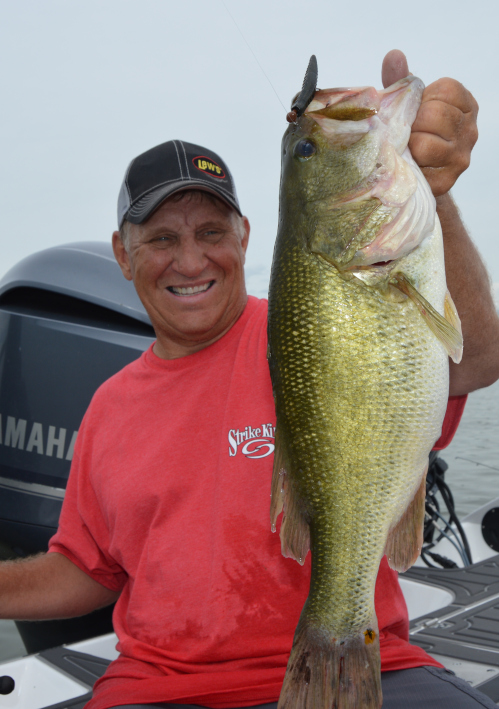
I’ve been talking recently with anglers from across the Midwest about changes that they’ve seen in the world of fishing. Many of those conversations center around changes in lakes, rivers, and fishing regulations. Anglers all have their opinions about those things and that’s good. But some of those beliefs are based on emotion and not scientific research, so I’ve also been doing a fair amount of on-line research of my own. Just as the opinions of anglers can be suspect, so can on-line opinions. I’ve done my best to get an objective idea of the changes that fish and fishermen are dealing with. Those thoughts follow.
Records indicate that the average air temperature over the past few years has increased. Although it’s increased by only a couple of degrees, those couple of degrees have changed water clarity in many bodies of water. The warmer the water is, the more algae growth there is. More algae makes visibility in the water less. Warmer water makes life easier for some species of fish and more difficult for other species. Lakes that used to have clearer water and strong walleye populations now don’t have as many walleyes, but they have higher populations of other species of fish.
The warmer water also makes life difficult for some baitfish. Tullibee are an important part of gamefish diets in some lakes. Tullibee are found mostly in deep, clear water lakes. They need cooler water temperatures to survive. With water temperatures getting warmer, the tullibee have a smaller range of water to live in, and in fact, tullibee numbers have decreased in some bodies of water. That means the gamefish will need to adapt to survive.
In most circumstances, gamefish will adapt. Zebra mussels have established strong populations in many waters across the Midwest. Zebra mussels filter plankton and other suspended particulate out of the water. That makes the water clearer. Clearer water allows sunlight to penetrate deeper, and that allows vegetation to grow deeper. That makes the fish reposition. For instance, the walleyes aren’t where they used to be. If we fish where they used to be, we’re not going to catch as many. But if we go deeper, our success will usually increase. There are just as many walleyes, but they’re not where they used to be.
There are also more big walleyes, bass, muskies, and most other game fish. Because waters are warming, the growing season is longer. Most anglers who fish a lot agree that we’re catching more big fish than we were just a few years ago.
Some state agencies are re-thinking regulations such as size limits and how many fish you can keep. In many states, the regulations vary from lake to lake. On one lake you can keep six walleyes of a certain size, on the lake across the road you can keep four of a different size. That can be confusing. And although we as anglers need to know the rules, the rules shouldn’t be too hard to understand. Most anglers truly want to obey the rules and do what they can to help an ecosystem. The DNR folks have a really tough job to do. They’re trying to do what’s best for the water systems and the fish and also provide a quality experience for anglers. It’s best when the biologists who study fish, water, and habitat every day decide what will work best. People who don’t know those things shouldn’t make the rules.
The folks that I’ve had these conversations with agree that sometimes a change needs to be made regarding how we take care of our outdoors. They also agree that the people who are most qualified to determine those changes should be the people who decide what’s best for the outdoors. For the most part, we’re optimistic about fishing going forward. It’s important to remember that buying a fishing license doesn’t give us the right to go fishing, it gives us the privilege to go fishing.
